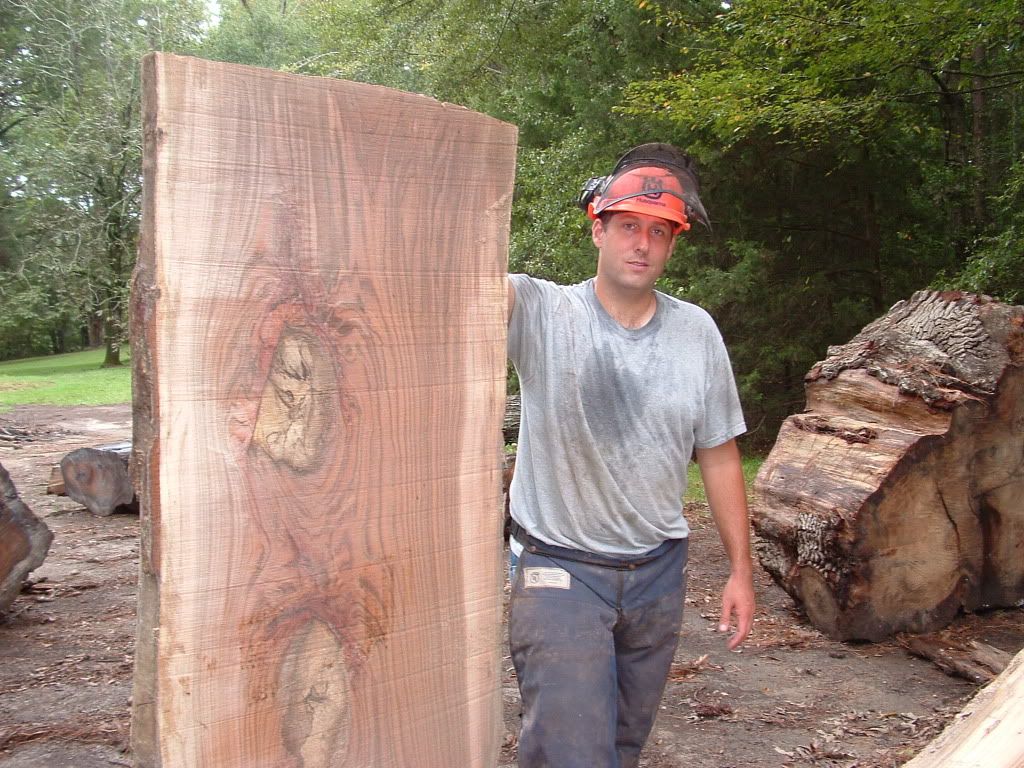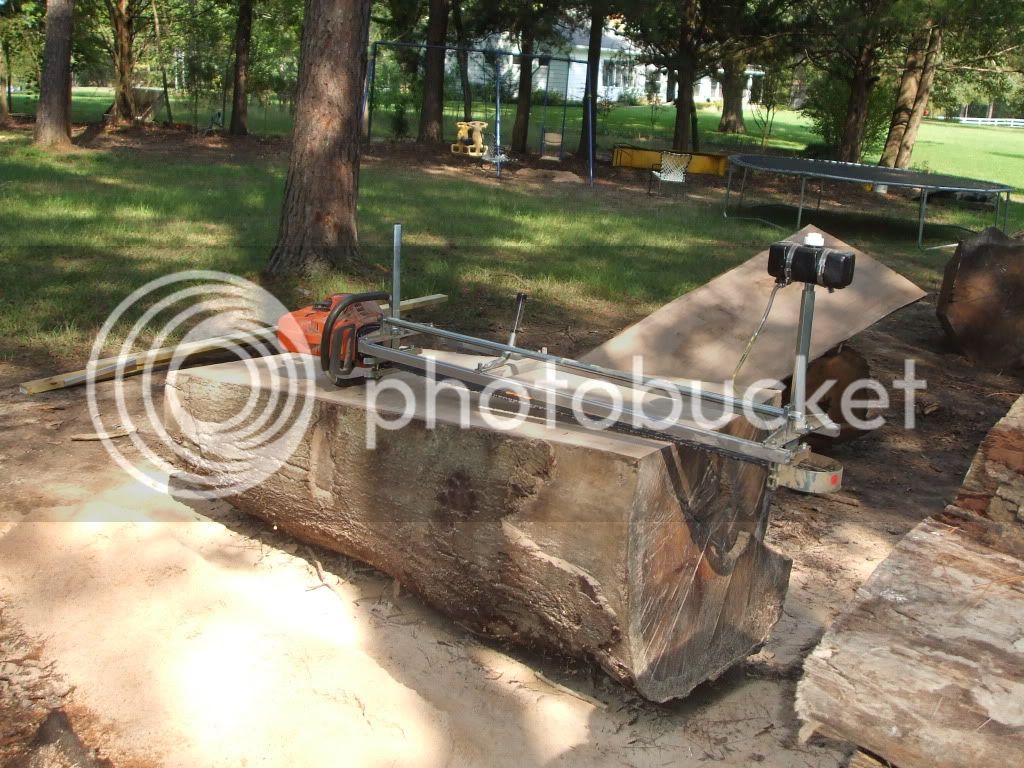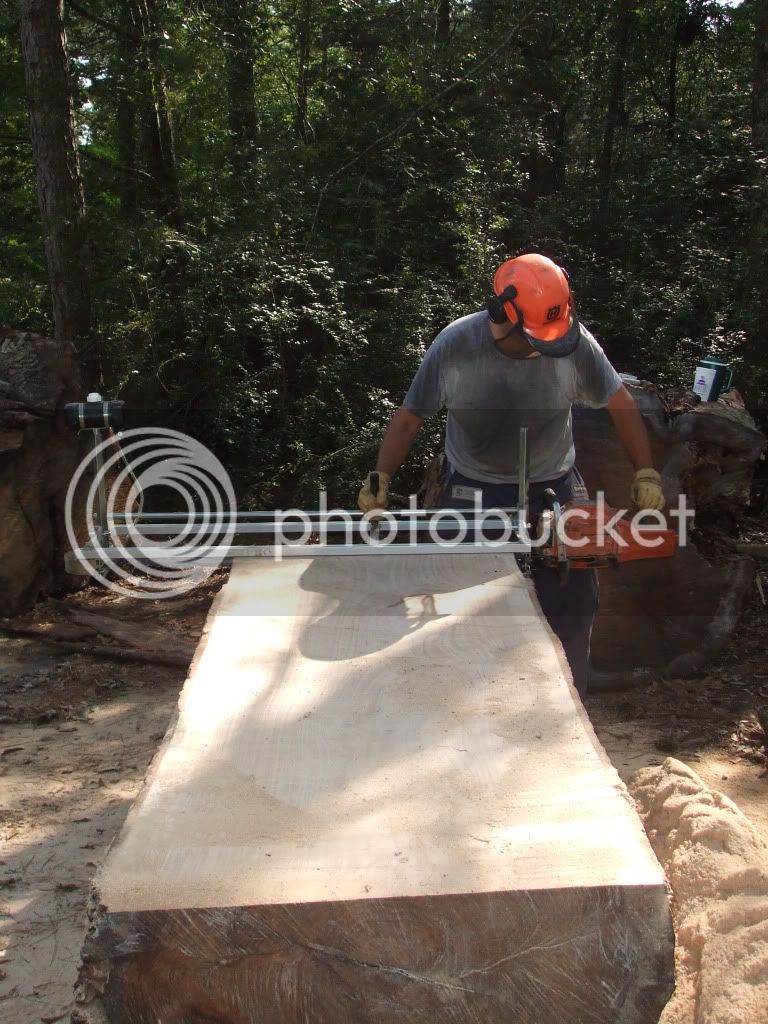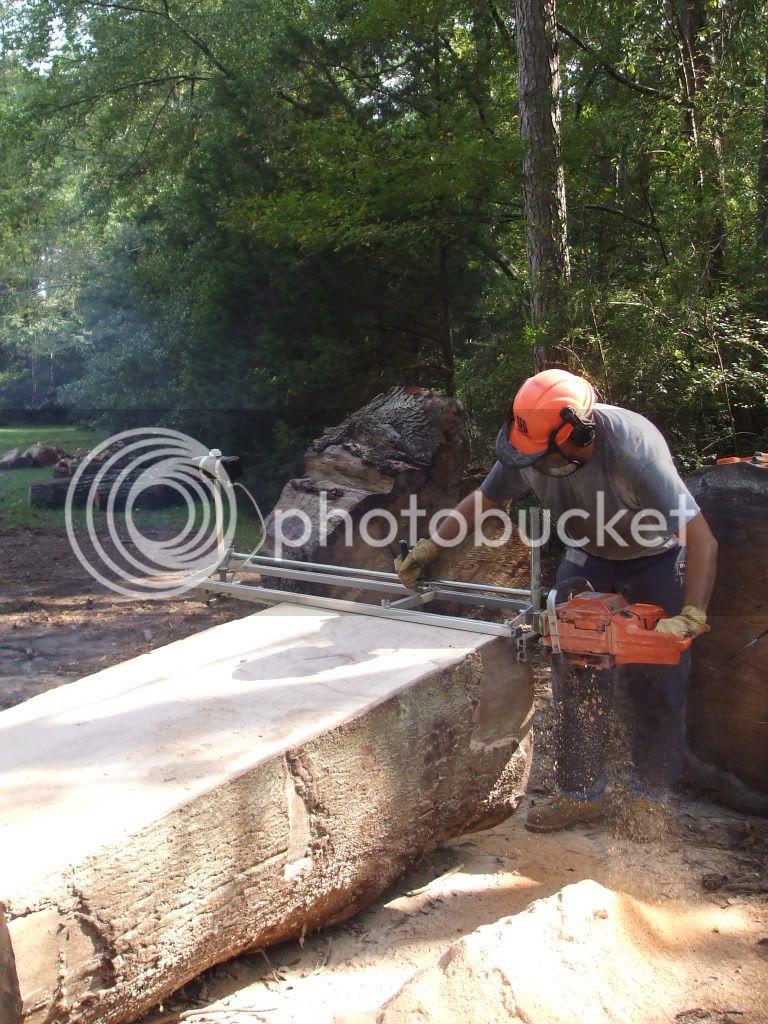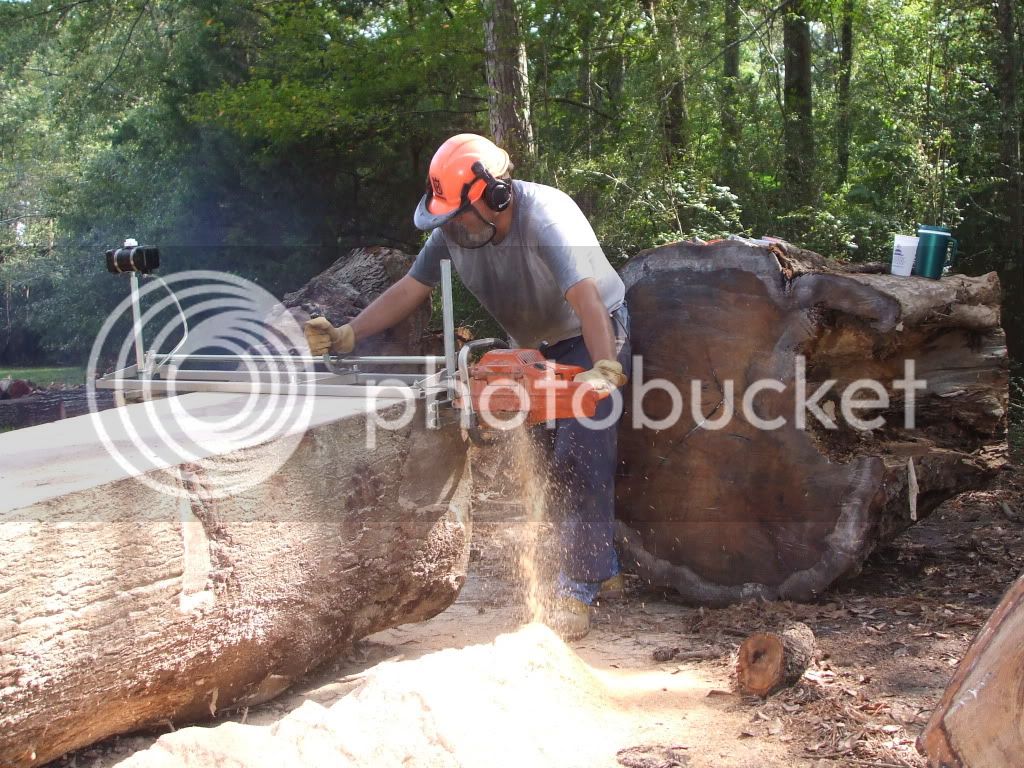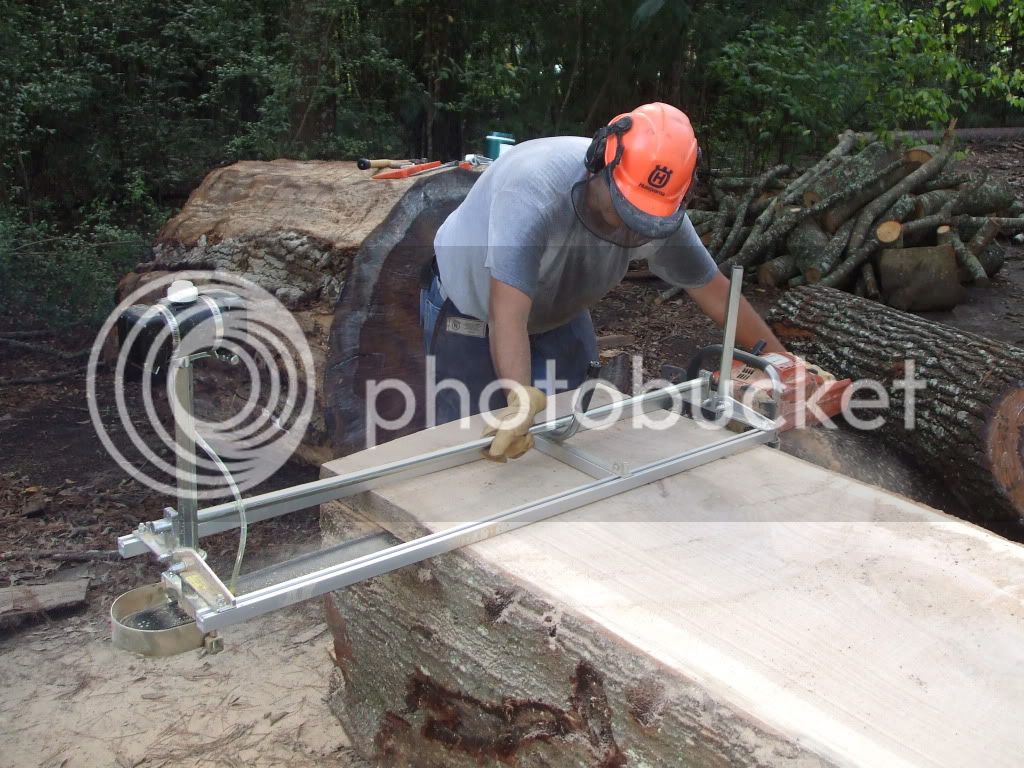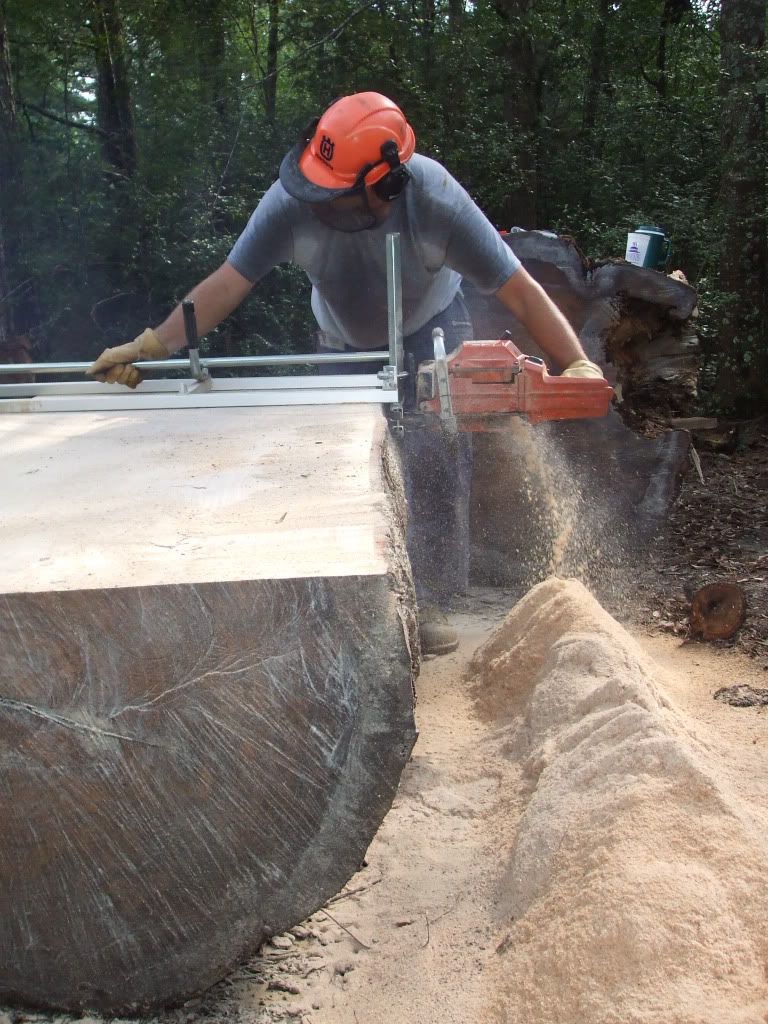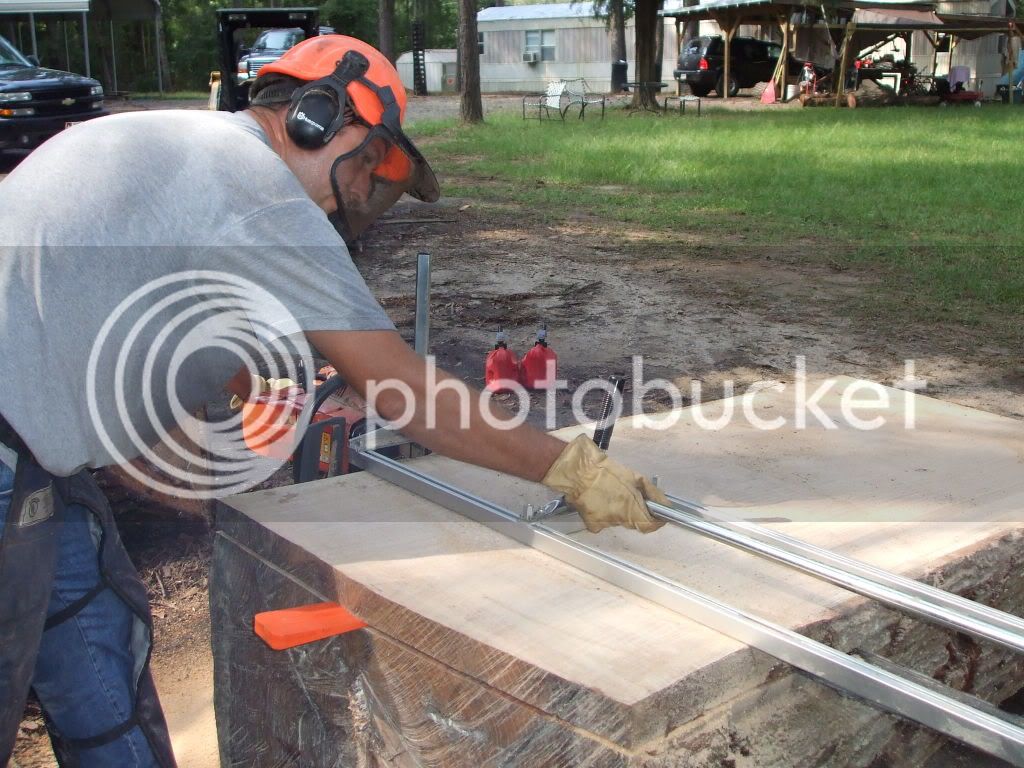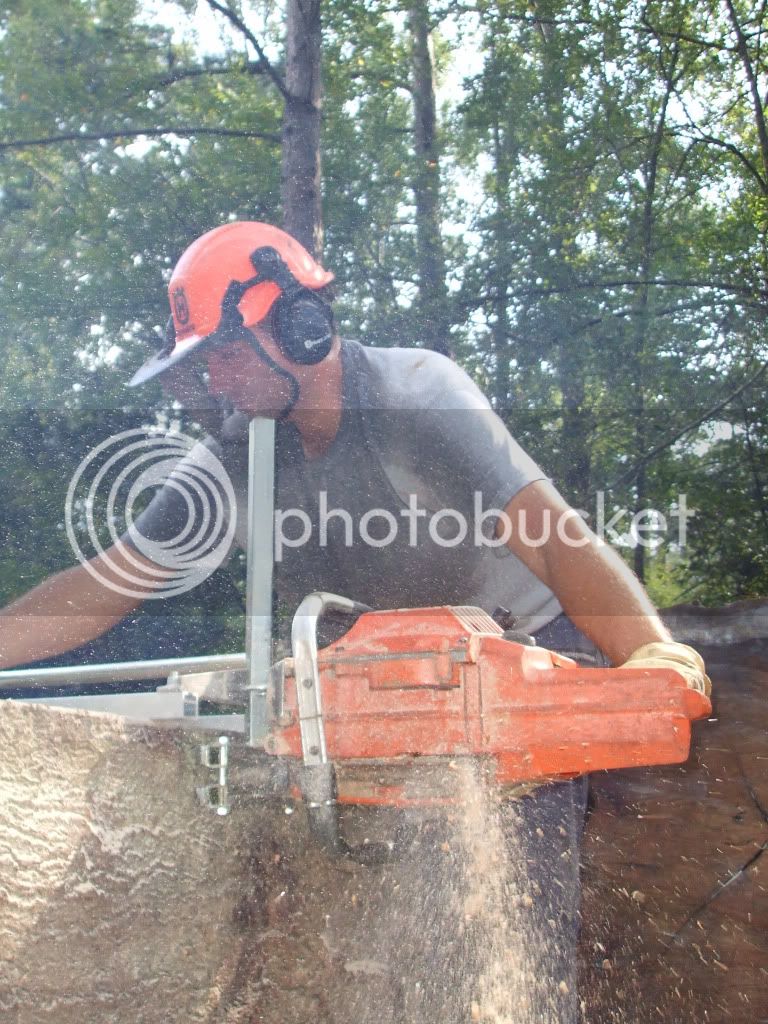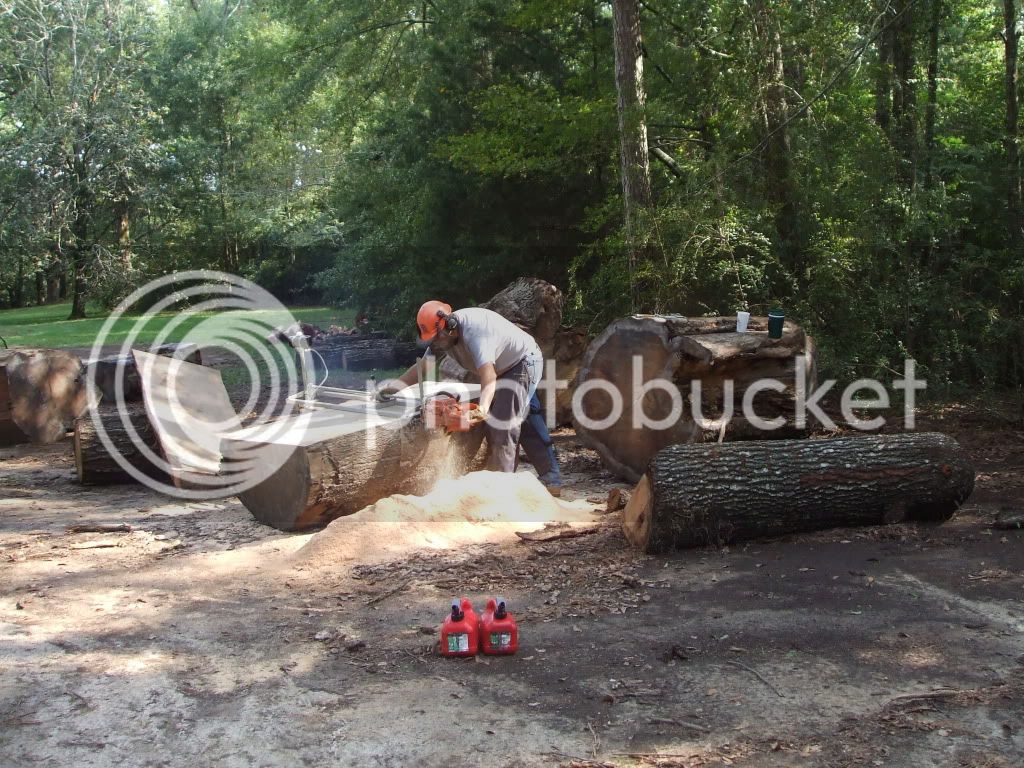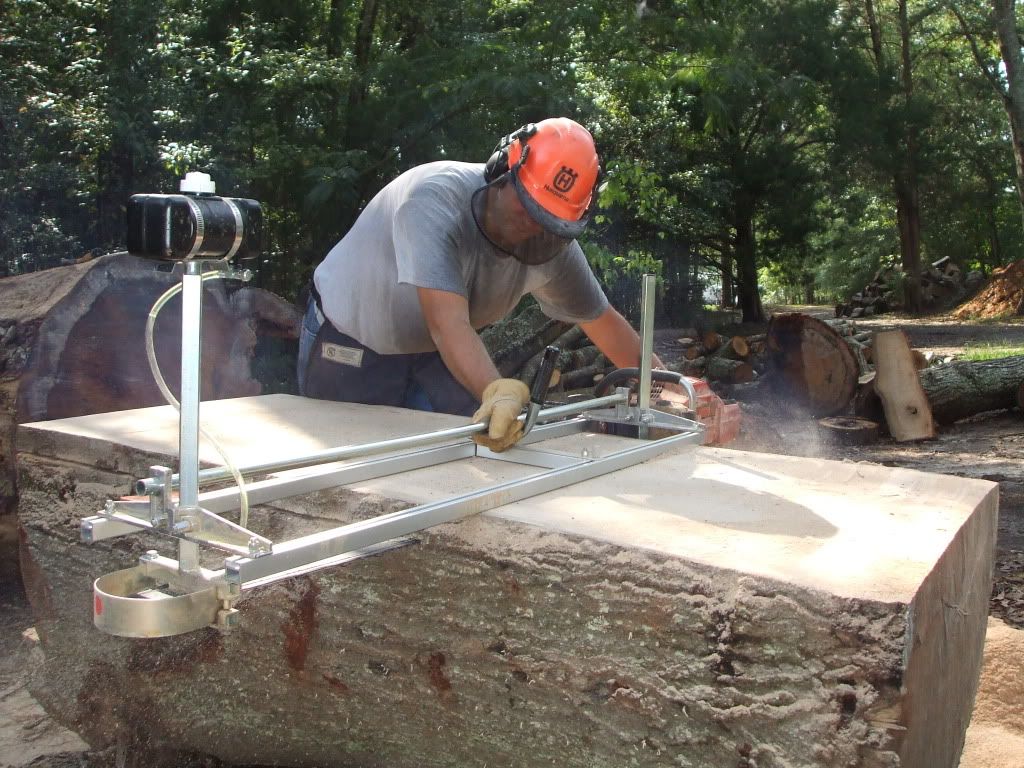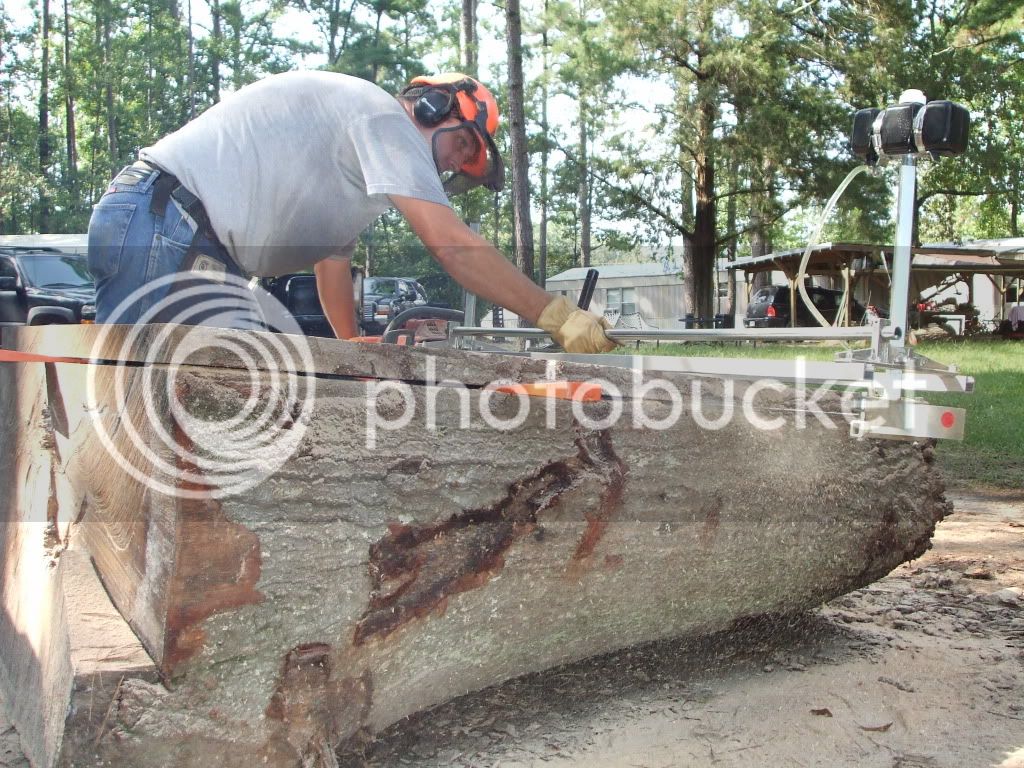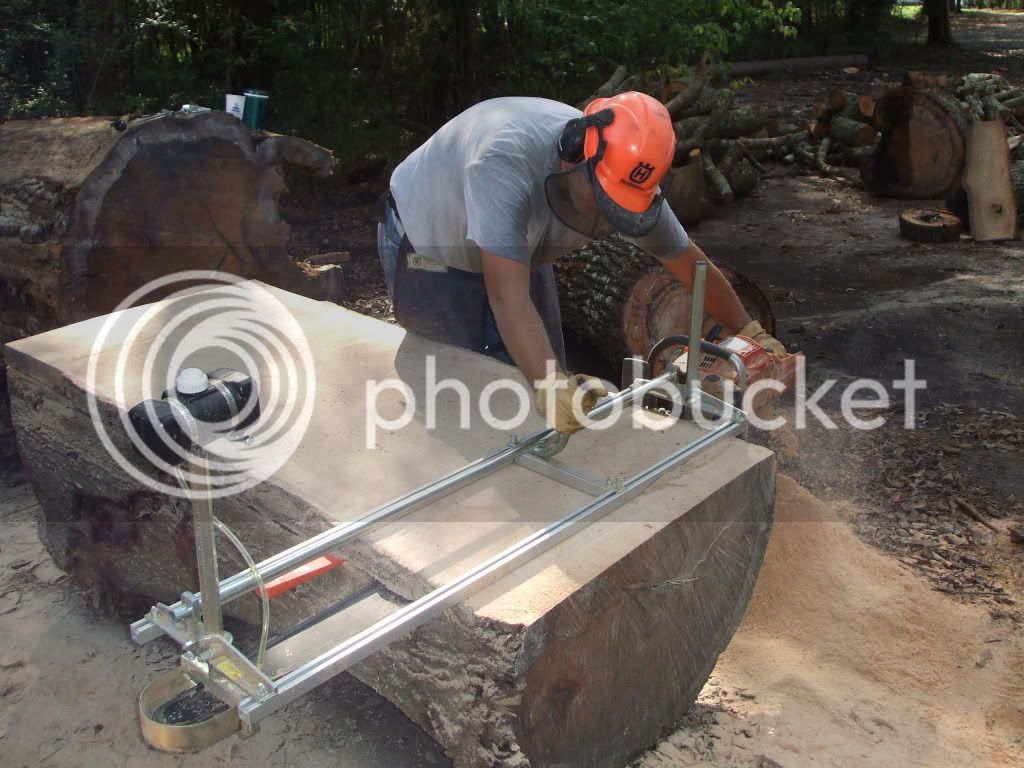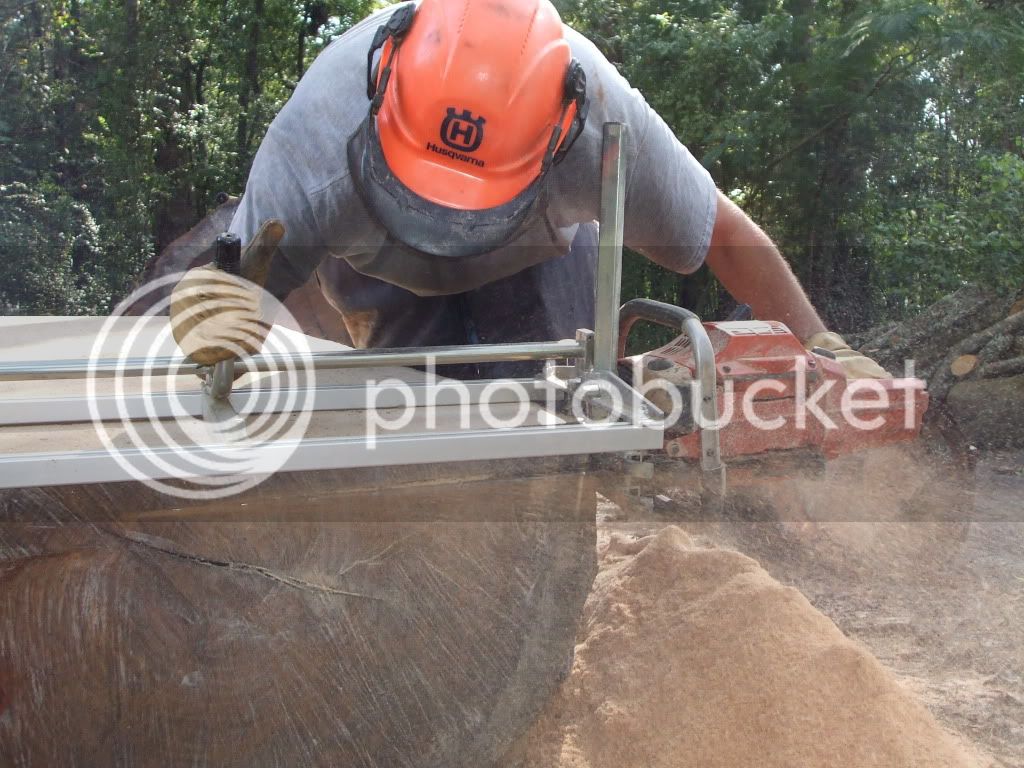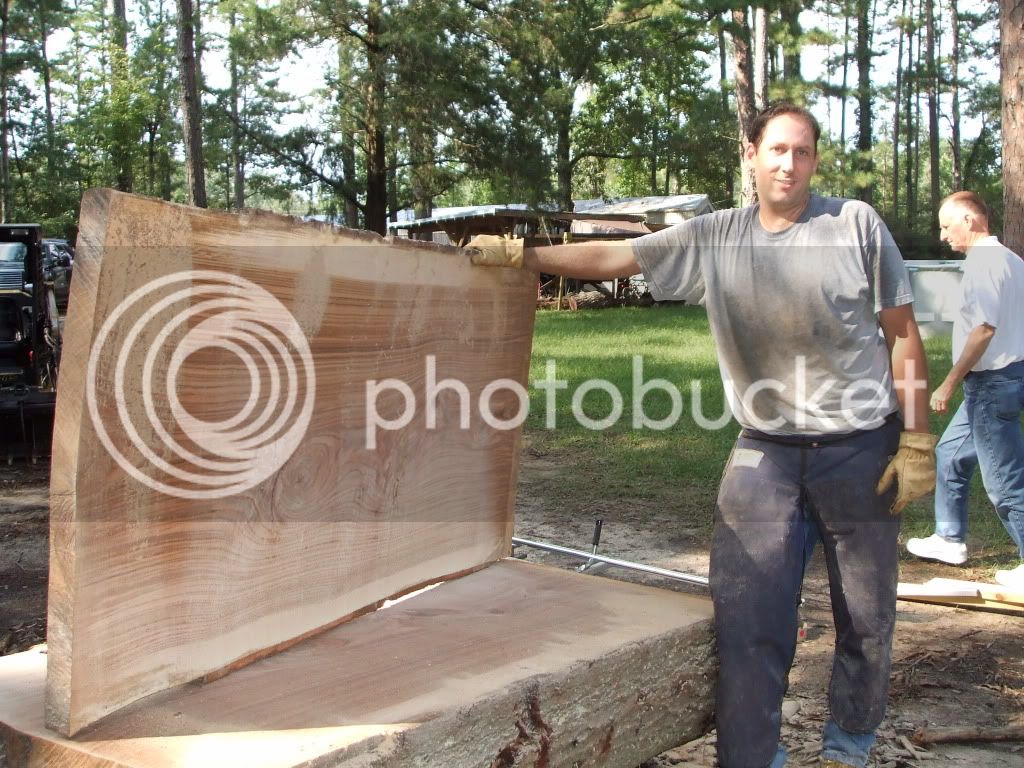gr8scott72
Addicted to ArboristSite
I got my long mill rails in yesterday. I was milling a small piece so I finished that log then I started putting the 60" bar on the CS and the long rails on the mill. Got it all together and wouldn't you know, it started raining. Guess I'll start on these big logs in the morning.
Here's the 60" bar. You can see the extra oiler and additional hole in the end of the bar if you look close.
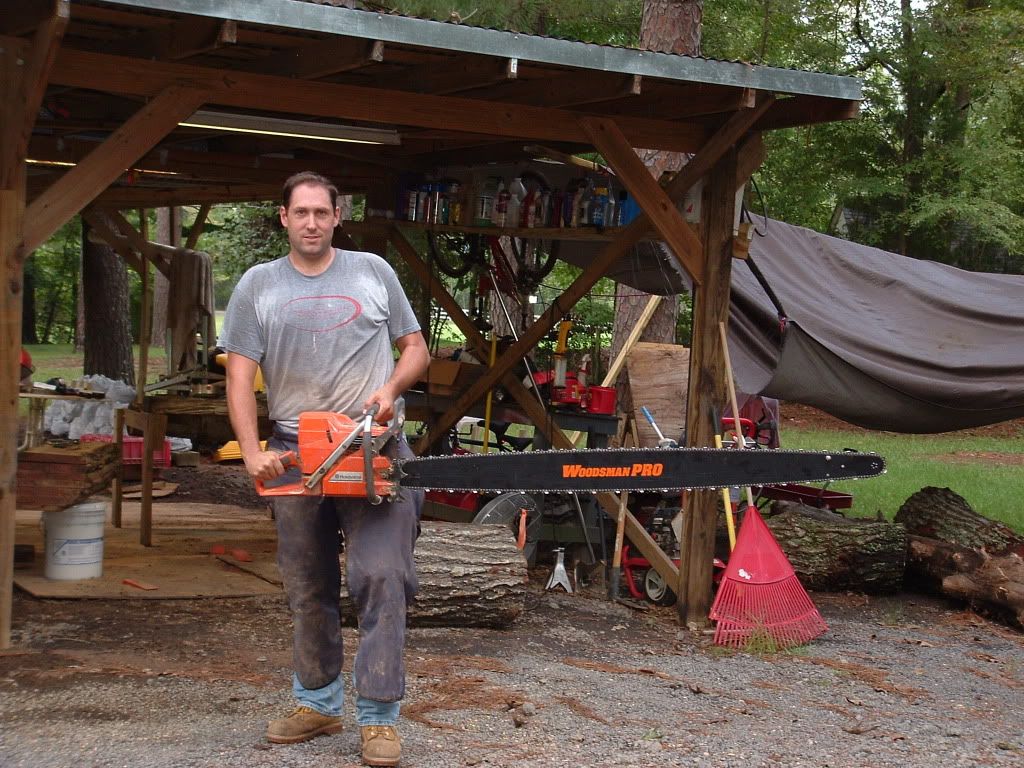
These were the other two logs that I got that day with the dump trailer.
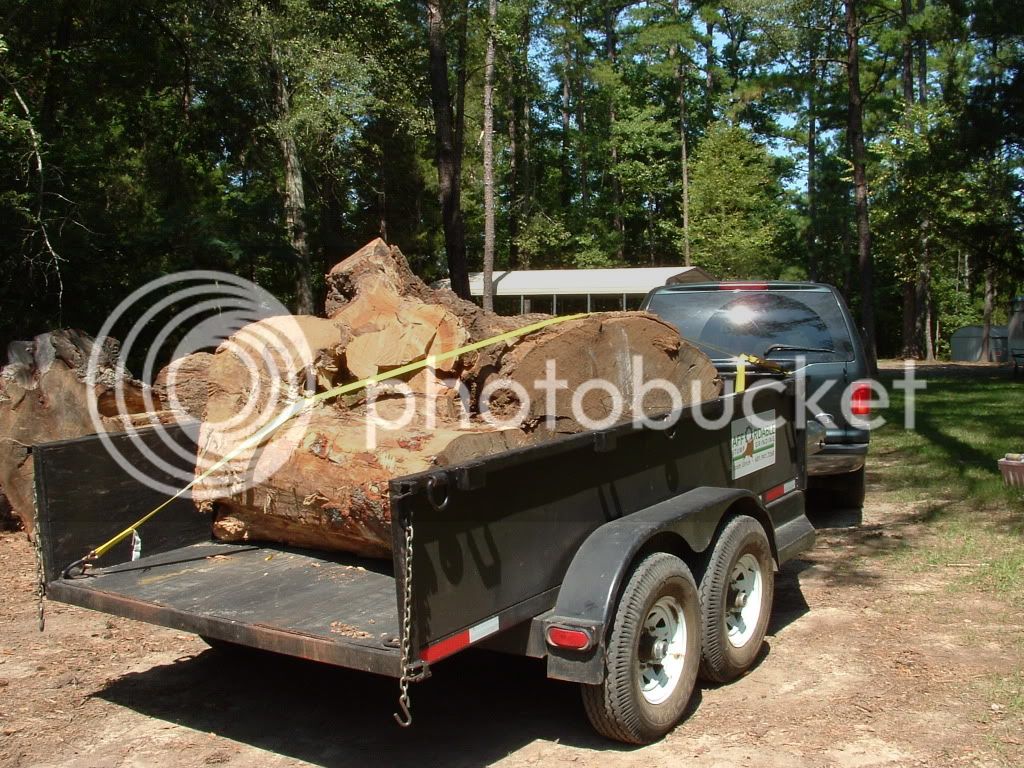
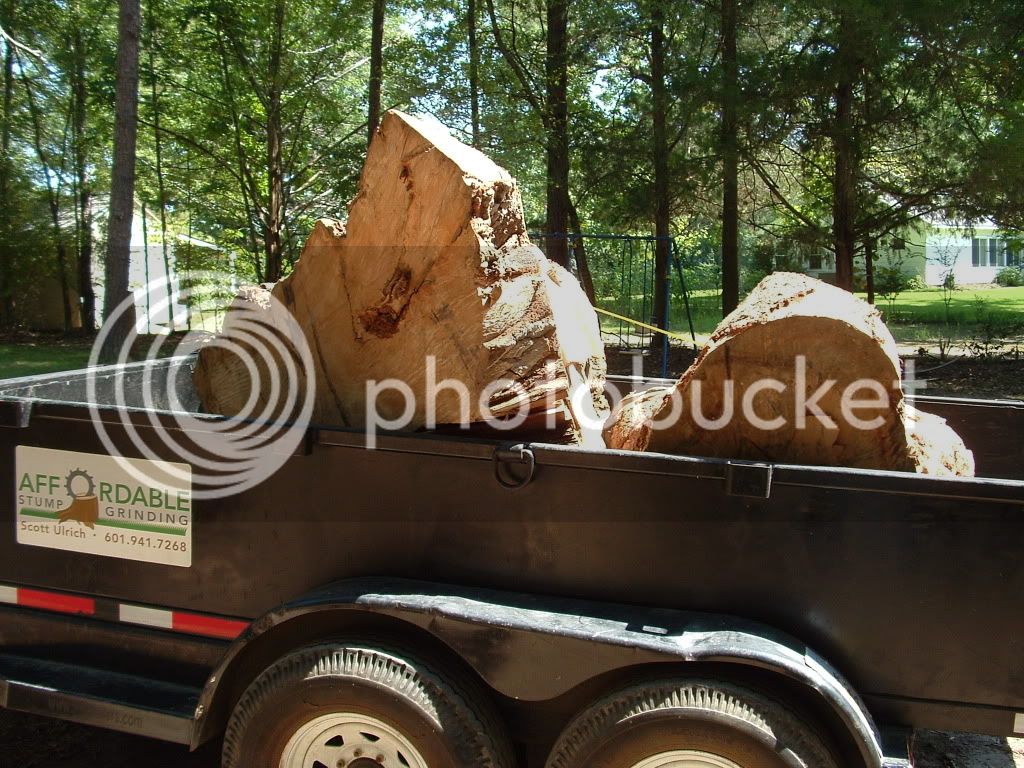
Here's the 60" bar. You can see the extra oiler and additional hole in the end of the bar if you look close.

These were the other two logs that I got that day with the dump trailer.








